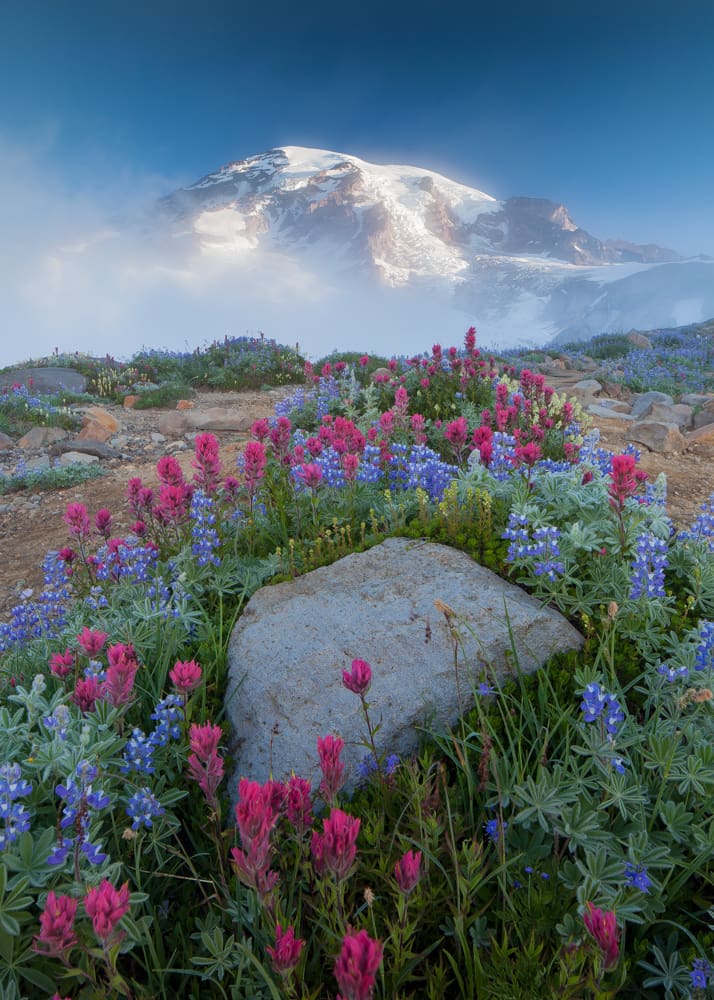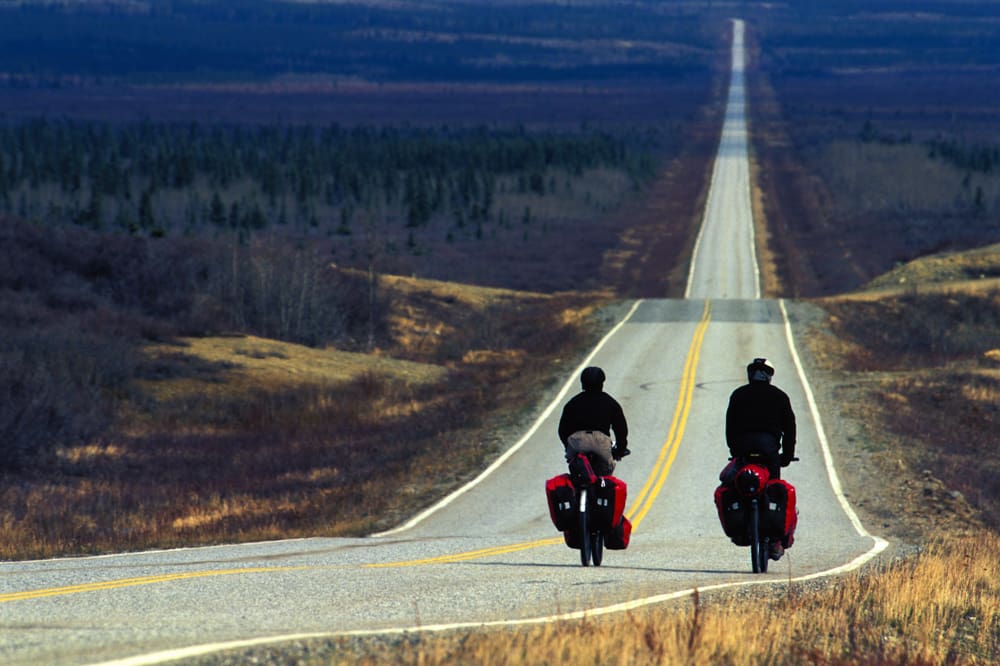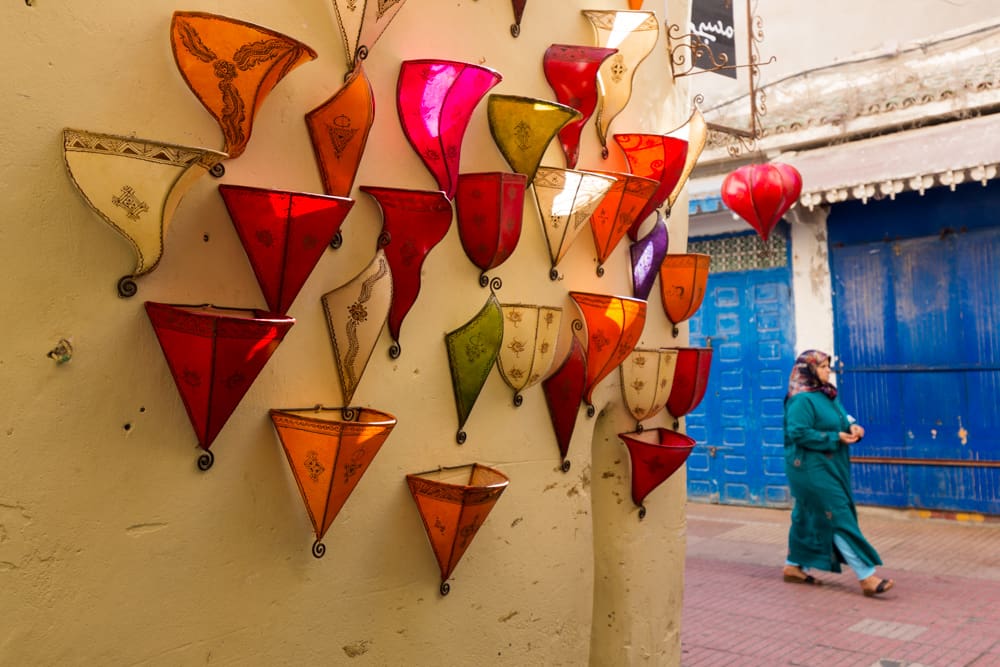In the world of photography lenses, the tilt-shift lens is at the end of a very long and winding road. Often listed as “special purpose” by the manufacturers, these lenses are seen by many to be useful for only a small niche of the photographic world. It’s likely true that these unusual lenses were developed with architecture, landscape and product photography in mind. However, the true creative range of these lenses lies well beyond the original intent.
Unfortunately the high cost and unusual operation of these lenses have kept them out of the hands of the vast majority of photographers. The full scope of their capabilities remains a bit of an open secret to those that have had the opportunity to work with them, and taken the time to discover their mysteries.

Many lens rental outfits offer tilt-shift lenses at a reasonable cost for a weekend or short period of time. For the knowledgeable and experienced photographers this is a great value when used for a specific assignment. For those new to the lens hoping to discover all their mysteries over a weekend. I’m sorry to say, you’re only going to scratch the surface. It’s a bit like renting a uber-expensive sports car, hoping to see if you have what it takes to be a race car driver. It may, however, give you an idea if it fits with your style of photography
My journey with tilt-shift started back in college with an advanced photography course that required students to use a 4×5 camera with lens movements. We learned, one 4×5 sheet at a time, how the various movements of the lens and back could manipulate the scene we captured. It was an exceptionally slow and tedious process, but sometimes that’s the best way to learn.

Years later after a long series of zooms and primes, macros, super-telephotos and a fisheye, I felt it was time to experiment with a tilt-shift lens. I purchased a Canon TS-E 24mm f/3.5L II in preparation for a long road trip up to the Canadian Rockies. Mountains, lakes and beautiful scenery was on schedule and I felt it was a perfect low-pressure environment for me to take my first steps with the new lens.
I used every opportunity to make as much use of the lens as possible. Looking back, you could argue that I was over-using it, but I would counter that I was eager to learn both the possibilities and limitations. Overall I was pleased with my first results, I had learned some tricks and figured out a process for working with the lens.
Over the years, as I’ve come to realize the many benefits a tilt-shift lens offers. The lens has steadily moved up in my “must take” items for any photographic outing. That 24mm lens has now accompanied me to a wide variety of states, national parks and more than 15 countries.
The thought of a tilt-shift class was in my mind from the very beginning, but it remained a back-burner project for years. About 5 years ago construction of the class began, only to be interrupted by more “popular” classes, multiple times. In some ways I didn’t mind. Putting the class together was like shooting with a tilt-shift lens: slow, methodical and something I wanted to get right. It’s project that I loved tinkering with.

Along the way I decided that if I wanted to get it right I’d need more examples and experience, so I also invested in the 17mm, 45mm and 90mm tilt-shift lenses. At the time, this was the full range of tilt-shift possibility. I’ve come to learn that each lens has it’s own personality and expertise. I pushed the limits of what they could do, made plenty of mistakes and collected far more examples than I could possibly need for a single class.
To truly test the lenses, and myself, I decided that for one of my Cuba photography tours I would bring all four of the tilt-shift lenses and try to shoot them as much as possible. The only other lens I brought was a 70-200mm f/4 to cover the telephoto range not covered by the other focal lengths.
My personal side-project for this tour was a success. When you are limited with what you have to work with, your focus turns to what you can accomplish with your creativity.

While I may have missed some opportunities, I more than made up for it with the options I had at my disposal.
I can’t say that I’d recommend this lens selection to most people, or anyone, traveling to a new location, for many reasons! This was my third Cuba photo tour and I wanted to both “spice up” the trip and provide materials and education for the class. As you master this lens it’s something you can start to implement into more and more adventurous situations.
If you are new to the tilt-shift lens or only vaguely familiar with them I encourage you to check out my new class: Tilt Shift Photography: The Complete Guide. We’ve made the first section of the class free so you’ll get a great introduction into a whole new world of options.
I love tilt-shift lenses because they expand your capabilities and allow you to fix difficult to impossible problems, right there in the field. I know most photographers will never own a tilt-shift lens, and that’s fine with me and makes perfect sense. But, for the photographer that loves photography, tilt-shift lenses are like a secret clubhouse where we get to play by a different set of rules. I’d like to extend and invitation to you, come on in, check it out, and see what you think.


Tilt Shift Photography: The Complete Guide
Become part of John’s inner circle
Sign up for the newsletter here – it’s free.
Want to become a better photographer?
Check out John’s selection of photography and camera classes here.



